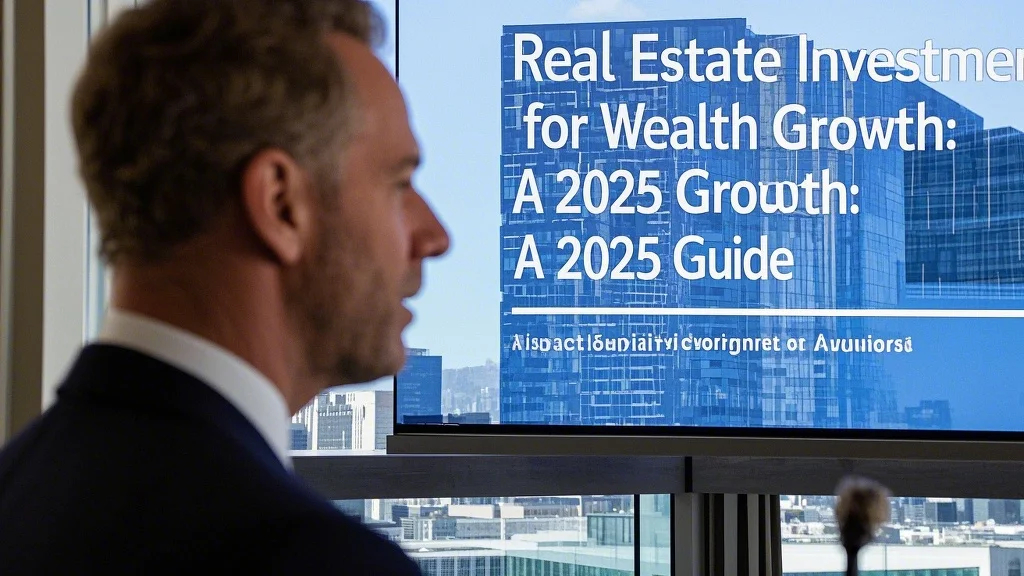The Enduring Power of Real Estate Wealth Building
In an era of market volatility, real estate wealth building continues to stand out as a time-tested strategy for creating and preserving wealth. Unlike more speculative investments, real estate offers tangible assets that generate both ongoing income and long-term appreciation. The 2025 landscape presents unique opportunities, with shifting demographics, evolving work patterns, and technological advancements reshaping property markets nationwide. What makes real estate particularly compelling is its dual nature as both an inflation hedge and income producer—when prices rise, so do rents and property values, creating a natural protection mechanism. Savvy investors recognize that successful real estate investing isn’t about timing the market perfectly, but about acquiring quality assets and holding them through multiple economic cycles.
Effective real estate wealth building in 2025 requires understanding emerging trends like the suburban renaissance, the conversion of obsolete office spaces, and the growing demand for mixed-use developments. The most successful investors develop specialized knowledge in specific property types or geographic areas rather than trying to be experts in everything. An often-overlooked aspect involves the tax advantages unique to real estate—depreciation deductions, 1031 exchanges, and capital gains treatment can significantly enhance after-tax returns. As interest rates stabilize, creative financing strategies like seller carrybacks and lease options regain prominence, providing opportunities even in a higher-rate environment. The key is building a portfolio that balances immediate cash flow with properties positioned for long-term appreciation in growing markets.
Real Estate as a Cornerstone of Wealth-Building Investments
When constructing a portfolio of wealth-building investments, real estate deserves serious consideration for its unique combination of stability and growth potential. Unlike stocks that can swing wildly on earnings reports, well-located properties tend to appreciate steadily over time while generating consistent rental income. The 2025 market favors certain property types—multifamily housing continues to benefit from affordability challenges, while industrial spaces thrive thanks to e-commerce growth. What separates sophisticated real estate investors is their ability to identify undervalued assets with “forced appreciation” potential through strategic improvements or better management.
Diversifying within wealth-building investments means considering various real estate approaches: direct ownership, REITs, crowdfunding platforms, and private equity funds each offer different risk/reward profiles. An often-underutilized strategy involves investing in real estate adjacent businesses—mortgage REITs, title insurance companies, or home improvement chains—that benefit from housing trends without direct property ownership. As remote work becomes permanent for many professionals, secondary markets with quality of life advantages present compelling opportunities for investors willing to look beyond traditional coastal hubs. The most successful real estate investors maintain balanced portfolios that include both stable income producers and higher-growth opportunistic plays.

Smart Investment Strategies for Real Estate Success
Developing smart investment strategies for real estate requires moving beyond simplistic “buy low, sell high” mantras. The 2025 market rewards investors who employ sophisticated approaches like value-add investing—identifying properties that can be improved through renovations, better management, or rezoning. Another powerful strategy involves focusing on markets with strong job growth and demographic trends rather than chasing the latest hot neighborhood. What separates professional investors from amateurs is their rigorous due diligence process—analyzing not just the property itself but local economic indicators, zoning changes, and infrastructure developments that could impact future value.
Implementing smart investment strategies in today’s environment means leveraging technology while maintaining old-school fundamentals. Data analytics tools can identify promising neighborhoods before they peak, but nothing replaces walking the streets and talking to local business owners. An often-overlooked tactic involves building relationships with commercial bankers and local real estate attorneys who often hear about off-market deals first. As interest rates fluctuate, having pre-approved financing or private money relationships can provide crucial advantages when competing for quality properties. The most successful investors develop checklists for evaluating deals and stick to them religiously, avoiding emotional decisions that lead to overpaying.
Generating Passive Income Through Real Estate
For those seeking passive income investments, real estate offers some of the most reliable cash flow opportunities available. Well-structured rental properties can provide monthly income that often keeps pace with inflation, unlike fixed-income securities. The 2025 market presents particular advantages for short-term rental operators in leisure destinations and business travel hubs as tourism patterns stabilize. What many passive income seekers overlook is that true hands-off real estate investing requires proper systems—quality property managers, maintenance reserves, and lease structures that protect the owner’s interests.
Building a portfolio of passive income investments in real estate involves careful selection of property types and markets. Multi-unit properties often provide more stable cash flow than single-family homes due to diversified tenant risk. An often-underutilized strategy involves investing in NNN (triple-net) lease properties where tenants cover most operating expenses, creating truly passive income streams. As the sharing economy matures, fractional ownership platforms allow investors to participate in institutional-quality properties with relatively small capital outlays. The most successful passive income investors focus on properties with “sticky” tenants—medical offices, daycare centers, or other businesses that rarely relocate due to high moving costs.
Identifying High-Return Real Estate Investments
While all real estate can build wealth, certain high-return investments in the property market offer outsized growth potential for those willing to take calculated risks. Value-add multifamily properties, when properly executed, can deliver 15-25% annualized returns through a combination of rental increases and property appreciation. Opportunity zones created by tax reform legislation continue to offer tax-advantaged growth potential in designated areas. What separates true high-return opportunities from speculative gambles is the presence of multiple exit strategies—properties that could be refinanced, leased up, or sold to different buyer types provide downside protection.
When evaluating high-return investments in real estate, focus on deals where you can create value rather than simply hoping for market appreciation. Ground-up development, while risky, offers the highest potential returns for investors with the expertise to navigate construction challenges. An often-overlooked opportunity involves purchasing distressed notes from banks—acquiring the debt rather than the property itself can provide superior risk-adjusted returns. As urban centers evolve, properties suitable for conversion from obsolete uses (like outdated retail spaces) to high-demand purposes (like last-mile logistics centers) present compelling turnaround stories. The savviest high-return investors always maintain adequate reserves for unexpected challenges and never over-leverage their positions.
Constructing a Balanced Real Estate Portfolio
Building a properly diversified real estate portfolio requires integrating various real estate wealth building strategies to balance risk and reward. A healthy mix might include stable multifamily properties for consistent cash flow, value-add commercial projects for growth, and land holdings in developing areas for long-term appreciation. What many investors miss is the importance of geographic diversification—properties in different regions protect against localized economic downturns. As interest rates stabilize, consider layering in fixed-rate debt to lock in financing costs while maintaining flexibility for future acquisitions.
Practical portfolio construction involves matching properties to your investment timeline and risk tolerance. Younger investors might emphasize growth-oriented properties requiring more active management, while those nearing retirement could shift toward stabilized income producers. An often-missed opportunity involves using 1031 exchanges to defer taxes while upgrading portfolio quality—trading multiple small properties for a single institutional-grade asset, for example. As you incorporate high-return investments, maintain discipline around position sizing to prevent any single property from jeopardizing your overall financial health. The most successful real estate portfolios evolve over time, reflecting both market conditions and changes in personal financial goals.
Risk Management in Real Estate Investing
While real estate offers compelling wealth-building investments, prudent risk management separates long-term winners from overleveraged speculators. Proper insurance coverage—including liability, property, and loss of income policies—forms the foundation of protection. What many investors overlook is the importance of entity structuring—holding properties in appropriate legal entities can provide asset protection and tax advantages. As economic uncertainty persists, maintaining conservative loan-to-value ratios and adequate cash reserves becomes crucial for weathering potential vacancies or economic downturns.
Effective risk management also involves staying informed about local market conditions that could impact your properties. Building relationships with other investors and industry professionals creates an early warning system for shifting trends. An often-underutilized strategy involves stress-testing your portfolio against various scenarios—what if interest rates rise another 2%? What if your market experiences a major employer leaving? The most resilient real estate investors maintain flexibility in their portfolios, avoiding overconcentration in any single property type or geographic area while keeping some dry powder available for unexpected opportunities.



